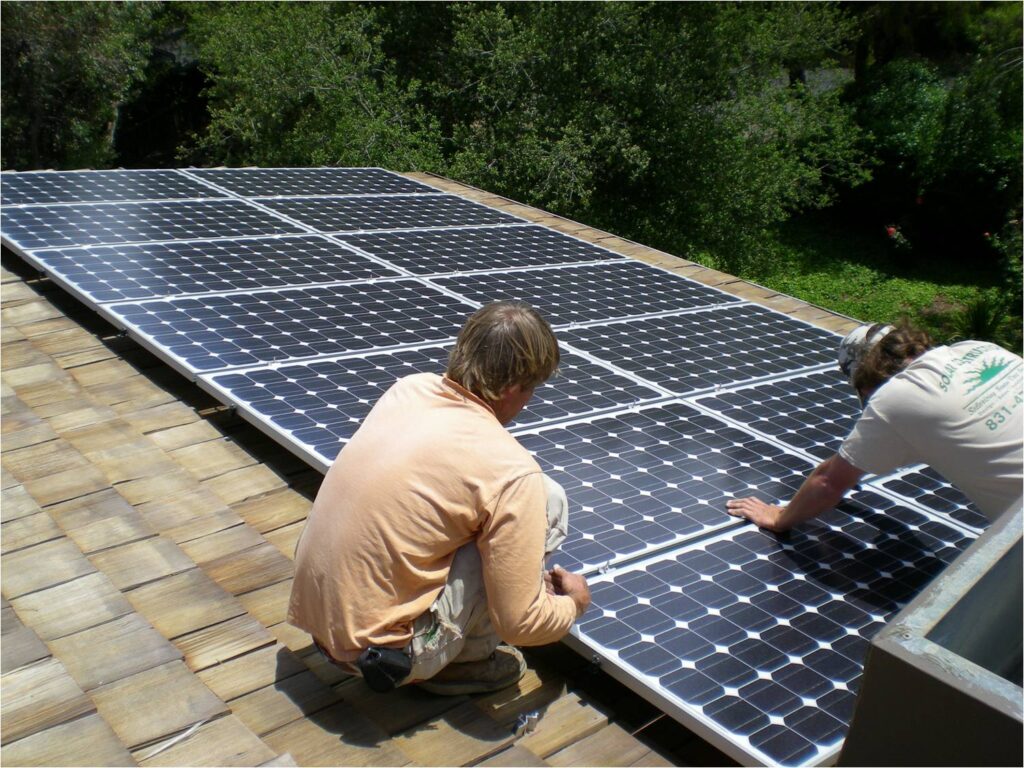Hot spots on solar panels occur when certain areas of the photovoltaic cells become significantly hotter than the surrounding regions. These hot spots can negatively impact the performance and lifespan of the solar panels and, if severe, may even lead to permanent damage. There are several causes of hot spots, and appropriate solutions are necessary to mitigate their effects. Here are the common causes and solutions.
Causes of Hot Spots:
- Partial Shading: Partial shading of a solar panel can cause hot spots on the shaded cells. When cells are shaded, they become less efficient in converting sunlight into electricity, leading to localized overheating.
- Cell Mismatch: Inconsistencies in the characteristics of solar cells (cell mismatch) can result in variations in their electrical performance, leading to localized hot spots.
- Defective Cells: A single defective or damaged cell in a solar panel can cause hot spots if it generates higher resistance and dissipates more heat than other cells.
- Bypass Diode Malfunction: Solar panels are equipped with bypass diodes to minimize the impact of shading. If a bypass diode malfunctions or is damaged, it can cause localized hot spots.
Solutions to Address Hot Spots:
- Optimized Panel Design: Solar panel manufacturers can optimize the design and layout of solar cells to reduce the occurrence of hot spots. This includes improving cell matching and minimizing the impact of partial shading.
- Bypass Diodes: Ensuring that bypass diodes are functioning correctly is crucial. Bypass diodes redirect current flow around shaded or defective cells, reducing the risk of hot spots.
- Improved Cell Manufacturing: Quality control during the manufacturing process can help minimize the likelihood of defective cells that could cause hot spots.
- Maximum Power Point Tracking (MPPT): Implementing MPPT technology in the solar system’s inverter can help maximize power output and reduce the risk of hot spots, especially when dealing with partial shading.
- Proper Installation: Solar panels should be installed in a way that avoids shading as much as possible. Regular maintenance and cleaning of the panels can help prevent dirt, debris, or vegetation from causing partial shading.
- String Monitoring: In larger solar installations, employing string monitoring systems can help detect hot spots early by identifying underperforming strings and panels.
- Infrared Inspection: Regular infrared inspections can detect hot spots that are not visible to the naked eye, allowing for early detection and remediation.
Preventing and addressing hot spots is essential to maintain the performance and longevity of solar panels. Regular maintenance, proper installation, and advanced monitoring technologies can help identify and rectify issues before they escalate, ensuring efficient and safe operation of the solar system.


